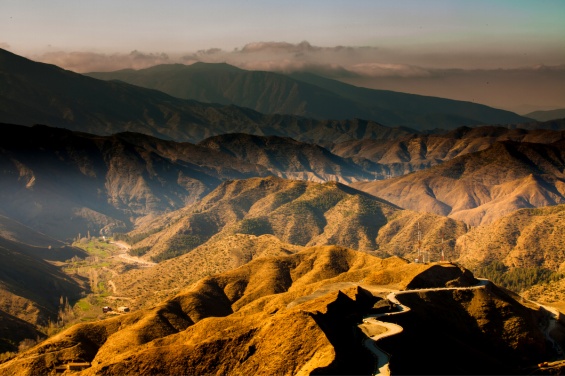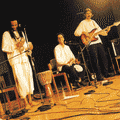Scientists have discovered evidence of a significantly wetter climate in Morocco's Atlas region between 8,700 and 4,300 years ago through the analysis of cave formations. The research, which examined four stalagmites from caves in Morocco's inland regions, provides precise dating of ancient rainfall patterns and challenges previous theories about historical climate conditions.
According to the study published in Science Direct, researchers analyzed caves located between 235 and 525 kilometers inland from Morocco's Atlantic coast. The findings showed that ancient stalagmites contained oxygen isotopes indicating rainfall levels up to 270 millimeters higher than present-day measurements, with peak precipitation occurring around 7,000 years ago. This discovery was made through the analysis of caves in the Anti-Atlas Mountains at 30°N latitude and the High Atlas Mountains at 32°N.
The research challenges previous theories about the source of this increased rainfall. Instead of the West African Monsoon, the study identifies «Tropical Plumes»—a mechanism that transported moisture from tropical regions to Morocco's subtropical areas—as the primary source of precipitation. These plumes were particularly active during this period due to temperature differences between the Northern and Southern hemispheres.
The timing of this wet period coincided with significant human activity in the region. Archaeological evidence shows that 80% of ancient settlements in northwest Morocco date to this same period, suggesting the increased rainfall made the area more habitable and likely recharged major aquifers and rivers.
Current conditions in the studied areas show minimal stalagmite growth, with only one formation showing development in the past thousand years. Modern annual rainfall in these regions measures just 158 and 125 millimeters, indicating substantially drier conditions than during the studied period.





 chargement...
chargement...













